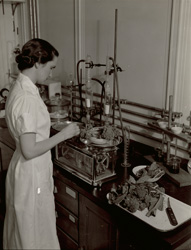
Click Image to Enlarge
This nutritionist wears lab whites appropriate to the scientific approach of the home economist.
National Archives, Records of the Bureau of Human Nutrition and Home Economics
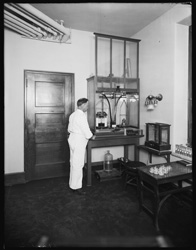
Click Image to Enlarge
Wilbur O. Atwater with some of the equipment used in his pioneering metabolic studies.
National Archives, Records of the Bureau of Human Nutrition and Home Economics
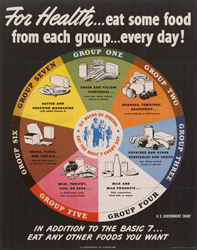
Click Image to Enlarge
Some of us might like to reinstate this food guide from World War II because butter has its own food group.
National Archives, Records of the Office of Government Reports
Download a PDF Transcript (requires Adobe Reader)
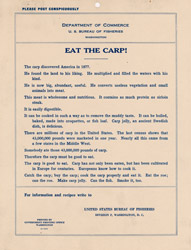
Click Image to Enlarge
This 1911 Bureau of Fisheries poster encouraged Americans to eat carp. The fish was introduced to American waters in 1877 and quickly proliferated.
National Archives, Publications of the U.S. Government
Download a PDF Transcript (requires Adobe Reader)
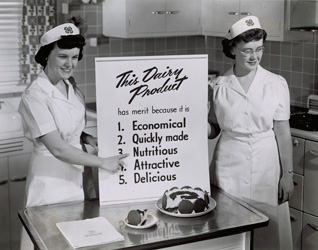
Click Image to Enlarge
Home economists helped standardize a meat, potato, and vegetable as the typical American meal. It was easier to calculate the nutritional value of simple ingredients.
National Archives, Records of the Extension Service
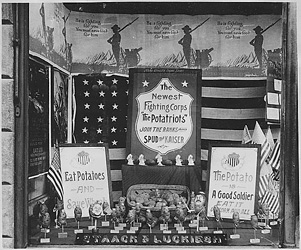
Click Image to Enlarge
This inventive store display ca. 1917 -18 promotes the potato as a “good soldier” and recommends people eat it “uniform and all.”
National Archives, Records of the United States Food Administration
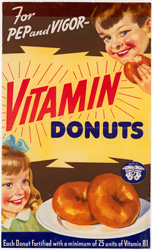
Click Image to Enlarge
The Doughnut Corporation sought endorsement from the Nutrition Division of the War Food Administration for its Vitamin Doughnuts campaign.
National Archives, Records of the Agricultural Marketing Service
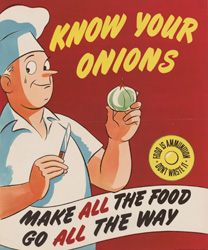
Click Image to Enlarge
World War II poster, ca. 1942.
National Archives, Records of the Office of Government Reports
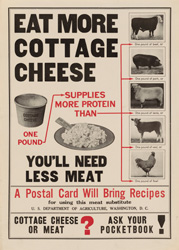
Click Image to Enlarge
During World War I, the Food Administration under Herbert Hoover promoted “Meatless Mondays.” This poster suggests cottage cheese as a protein substitute.
National Archives, Records of the United States Food Administration
Download a PDF Transcript (requires Adobe Reader)
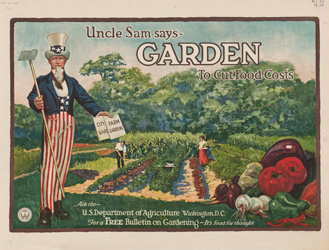
Click Image to Enlarge
With canned goods in short supply during World Wars I and II, people ate more fresh fruit and vegetables—many from their own back yards.
National Archives, Records of the Office of War Information
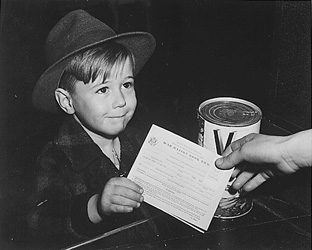
Click Image to Enlarge
Point Rationing was so easy, even young children could do it—or so this 1943 photograph suggests.
National Archives, Records of the Office of War Information

